Looking for a specimen?
The hymenoptera collection is being digitised
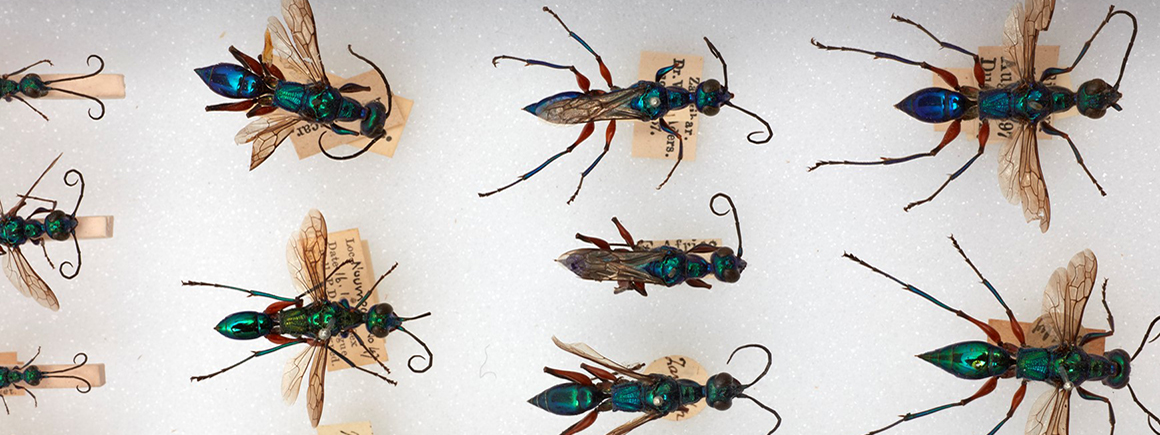
Ampulex compressa, cockroach-hunting wasps © The Trustees of the Natural History Museum, London
The Museum houses one of the largest collections of Hymenoptera in the world.
The collection is of global cultural, scientific and historic significance and comprises of approximately 3.5 million specimens in 11,000 drawers of dry pinned specimens, 25,000 microscope slides, a substantial collection in spirit and more than 1,000 nests.
The collection is rich in type material and continues to develop through world-class research, global collaborations, acquisitions and curatorial projects.
The geographical and chronological range coupled with the size of this collection makes it one of the most comprehensive research resources in the world.
The collection has particular strengths in the Apoidea, Chalcidoidea, Formicidae, Ichneumonidae and Symphyta thanks to many years of expertise by ex-staff members, I.H.H. Yarrow, G.R. Else, J.S. Noyes, B. Bolton, I. Gauld and R.E. Benson respectively.
The collection holds specimens from around the globe, with areas of particularly good representation from Australia, Brazil, Brunei, Costa Rica, Europe including the United Kingdom, India, Pakistan, Nepal, Bhutan, Indonesia, Malaysia and South Africa.
The hymenoptera collection is being digitised
Dr Joseph Monks
Dr John Noyes
Dr Christer Hansson
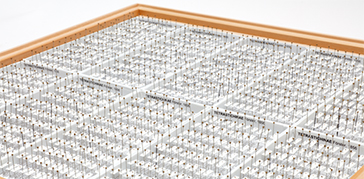
A drawer of specimens from the Hymenoptera collection.

Scientists and collections management specialists can visit the collections and borrow specimens for research.
3,500,000
28,000
Frederick Smith (1805-1879)
Francis Walker (1809-1874)
Edward Saunders (1848-1910)
Rowland Turner (1863-1945)
Charles N. Rothschild (1877-1923)
Friedrich (Fritz) Plaumann (1902-1994)
John F. Perkins (1910-1983)
Fred Bennett
Kenneth Mackinnon Guichard (1914-2002)
Marcus William Robert de Vere Graham (1915-1995)
Karl-Johan Hedqvist (1917-2009)
Zdenek Bouček (1924-2011)
Ian Gauld (1947-2009)
Antoni Ribes Escolà (1968-2014)
Martin Cooper

Taxa represented in the Hymenoptera collection
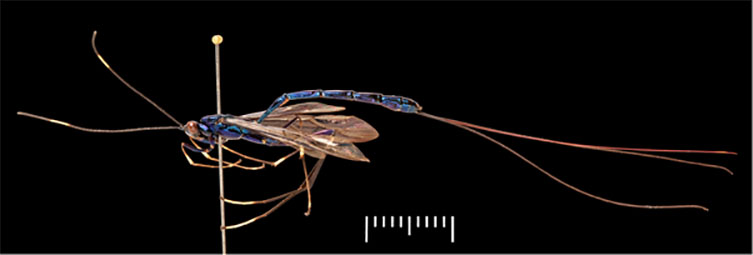
Ichneumonid specimen © The Trustees of the Natural History Museum, London
Current digitisation projects include recently acquired collections, historic specimens and primary types:

The beautiful fairy fly, one of the smallest winged insects © The Trustees of the Natural History Museum, London

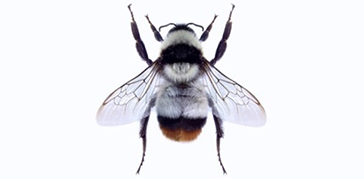
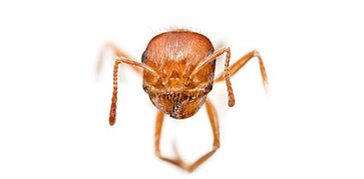

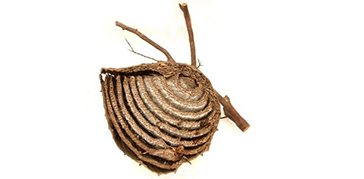

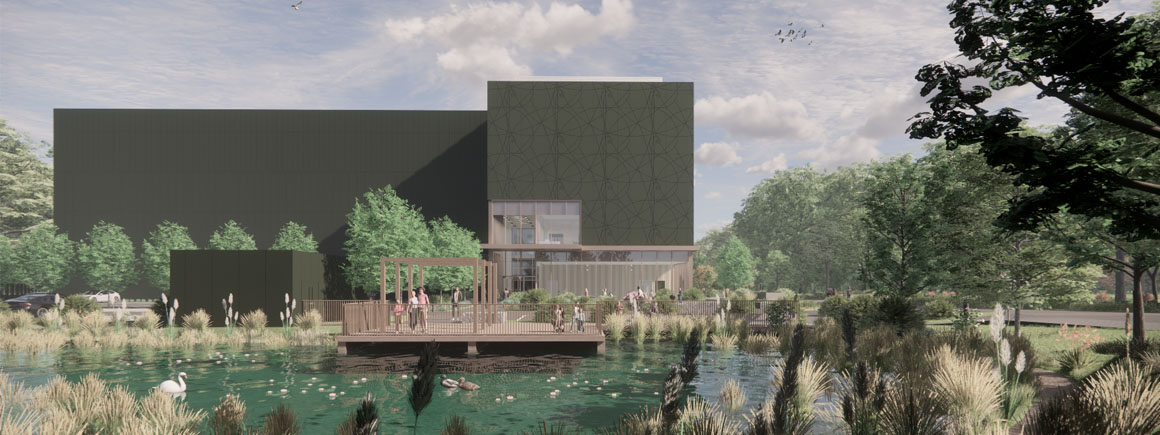
Access to some collections will be affected as we prepare for the move to our new collections, science and digitisation centre.
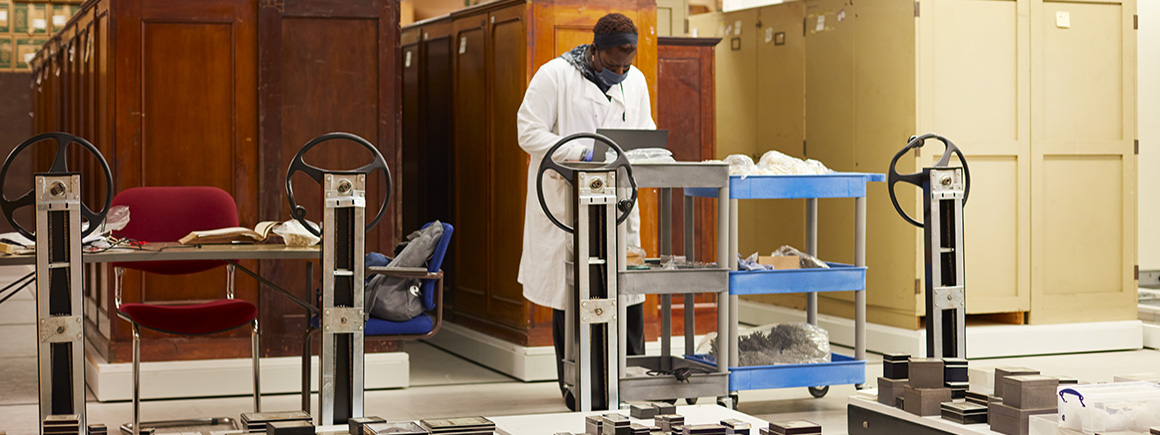
Scientists and collections management specialists can visit the collections and borrow specimens for research.
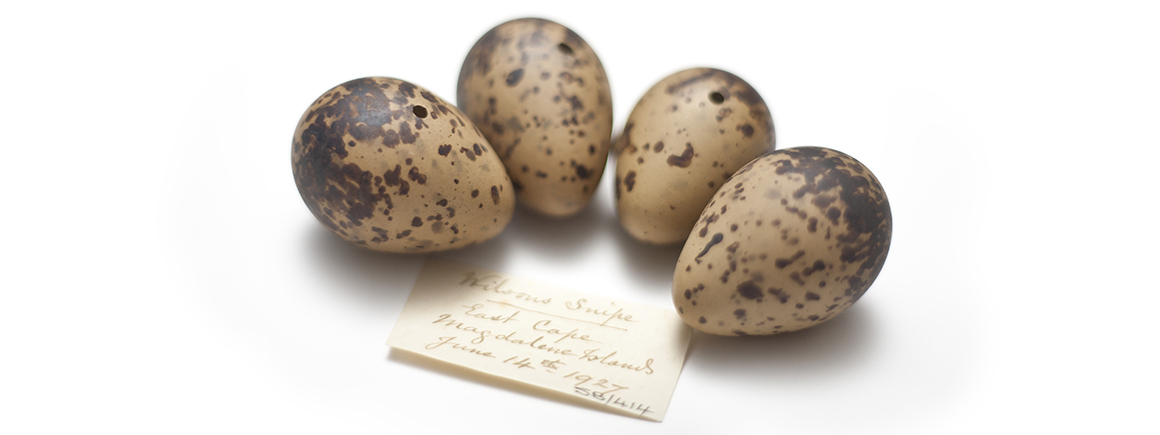
Our duty is to provide a safe and secure environment for all of our collections.